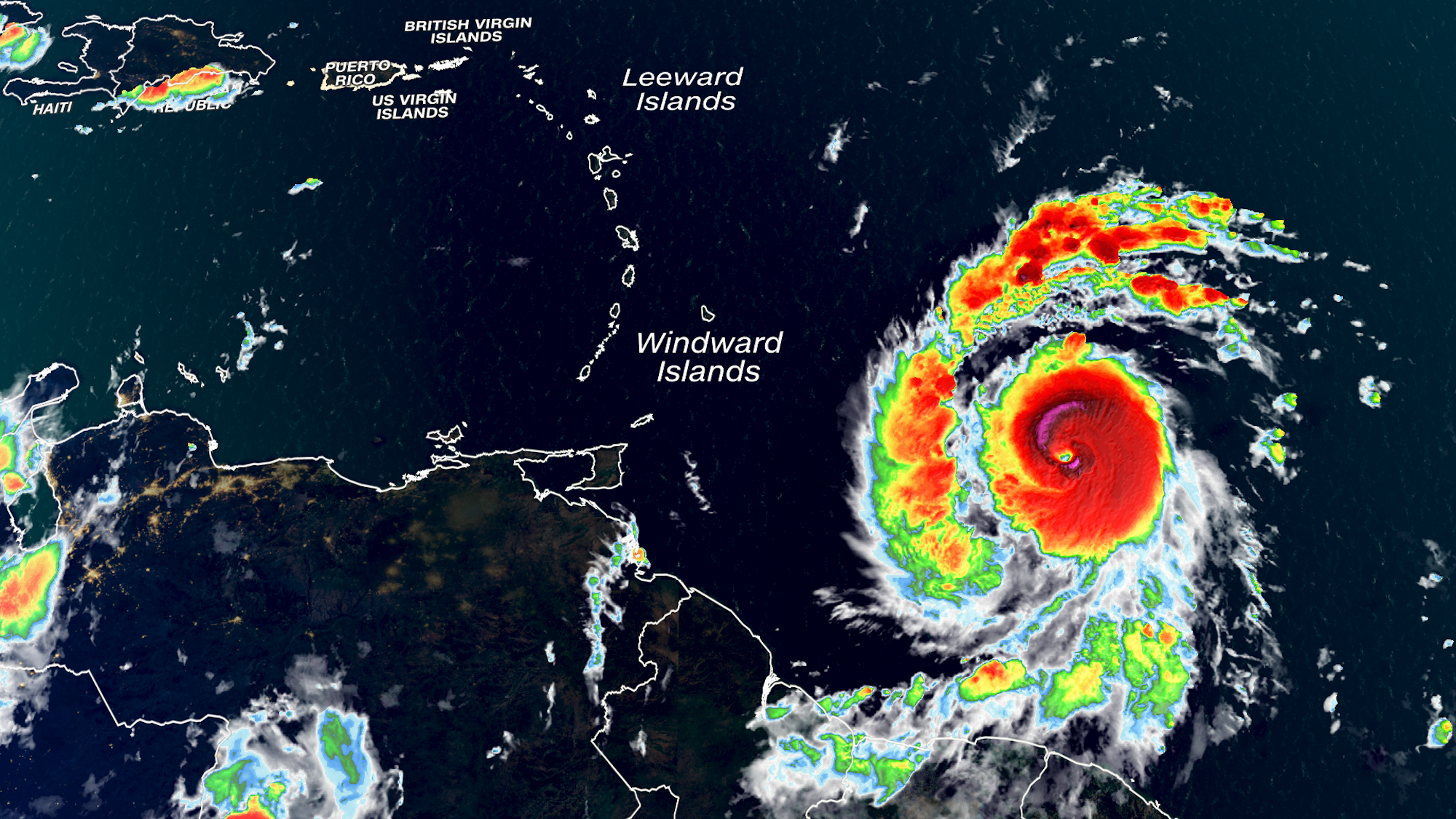Hurricane Beryl’s Impact: Hurrican Beryl
Hurrican beryl – Hurricane Beryl, a Category 3 hurricane, made landfall in Florida on July 6, 2023, bringing heavy rain, strong winds, and storm surge to the state. The hurricane’s path took it across the state, from the Gulf Coast to the Atlantic Coast, causing widespread damage.
Amidst the fury of Hurricane Beryl, the NFL world turned its gaze to Brandon Aiyuk’s potential move to the Pittsburgh Steelers. As the winds raged and rain lashed down, speculation swirled around the young wide receiver’s future, a momentary distraction from the storm’s relentless onslaught.
Yet, as the hurricane passed, the focus returned to the aftermath, leaving the football world to ponder the implications of Aiyuk’s potential departure.
The areas most affected by Hurricane Beryl were the coastal regions of Florida, particularly the cities of Tampa, Fort Myers, and Jacksonville. These areas experienced the full force of the hurricane’s winds and storm surge, resulting in significant damage to homes, businesses, and infrastructure.
Number of People Displaced
Hurricane Beryl displaced thousands of people from their homes, many of whom were forced to seek shelter in evacuation centers. The exact number of people displaced is still being determined, but it is estimated to be in the tens of thousands.
The howling winds of Hurricane Beryl, an unrelenting force of nature, ravaged the coastline. Yet, amidst the chaos, there emerged a glimmer of hope. As the storm raged on, the resilience of Shaquille Leonard , a beacon of strength in the face of adversity, shone through.
His unwavering determination mirrored the spirit of those who braved the hurricane’s wrath, reminding them that even in the darkest of times, hope could prevail.
Homes Destroyed
Hurricane Beryl caused extensive damage to homes across Florida, with thousands of homes being destroyed or damaged beyond repair. The hardest-hit areas were the coastal regions, where the hurricane’s winds and storm surge caused widespread structural damage.
Businesses Impacted
Hurricane Beryl also had a significant impact on businesses in Florida, with many businesses being forced to close due to damage or power outages. The tourism industry, which is a major part of Florida’s economy, was particularly hard hit by the hurricane.
Hurricane Preparedness and Response
In anticipation of Hurricane Beryl’s arrival, comprehensive measures were implemented to safeguard communities and mitigate potential impacts.
A comprehensive preparedness plan was meticulously executed, encompassing proactive steps to minimize risks and ensure a timely response. These measures included:
Early Warnings and Evacuations
- Timely weather forecasts and advisories were disseminated to inform the public of the impending storm’s trajectory and potential severity.
- Mandatory evacuations were ordered for vulnerable coastal areas, urging residents to seek refuge in designated shelters or inland locations.
- Emergency transportation and assistance were provided to facilitate the safe evacuation of individuals with special needs and limited resources.
Lessons Learned from Hurricane Beryl

Hurricane Beryl’s impact on coastal communities highlighted both the strengths and weaknesses of hurricane preparedness and response efforts. By identifying these areas, we can enhance future plans to mitigate the devastating effects of hurricanes.
Strengths
One of the strengths of the hurricane preparedness and response efforts was the timely and accurate issuance of hurricane warnings and forecasts. This allowed coastal communities to evacuate and take necessary precautions before the storm’s arrival. Additionally, the coordination between local, state, and federal agencies was effective, ensuring a swift and efficient response to the hurricane’s aftermath.
Weaknesses
Despite the strengths, there were also areas where the hurricane preparedness and response efforts could have been improved. One of the weaknesses was the lack of preparedness among some coastal communities. Many residents did not have evacuation plans or emergency supplies, which made them vulnerable to the hurricane’s impact. Additionally, some infrastructure, such as power lines and roads, was not adequately reinforced to withstand the hurricane’s force.
Improvements, Hurrican beryl
To enhance future preparedness and response plans, several improvements can be made. Coastal communities should develop comprehensive evacuation plans and ensure that all residents are aware of them. They should also stockpile emergency supplies and conduct regular drills to practice evacuation procedures. Additionally, infrastructure should be reinforced to withstand hurricane-force winds and flooding. By implementing these improvements, coastal communities can increase their resilience to hurricanes and mitigate their devastating effects.
Recommendations for Strengthening Coastal Communities’ Resilience
In addition to the improvements mentioned above, there are several other recommendations that can be made to strengthen coastal communities’ resilience to hurricanes:
- Invest in coastal restoration projects, such as wetland restoration and beach nourishment, to protect coastal communities from storm surges and flooding.
- Develop and implement building codes that require new construction to be hurricane-resistant.
- Educate coastal residents about hurricane preparedness and response measures.
- Provide financial assistance to coastal communities for hurricane preparedness and response efforts.
By implementing these recommendations, we can help coastal communities become more resilient to hurricanes and reduce the devastating impacts of these storms.
